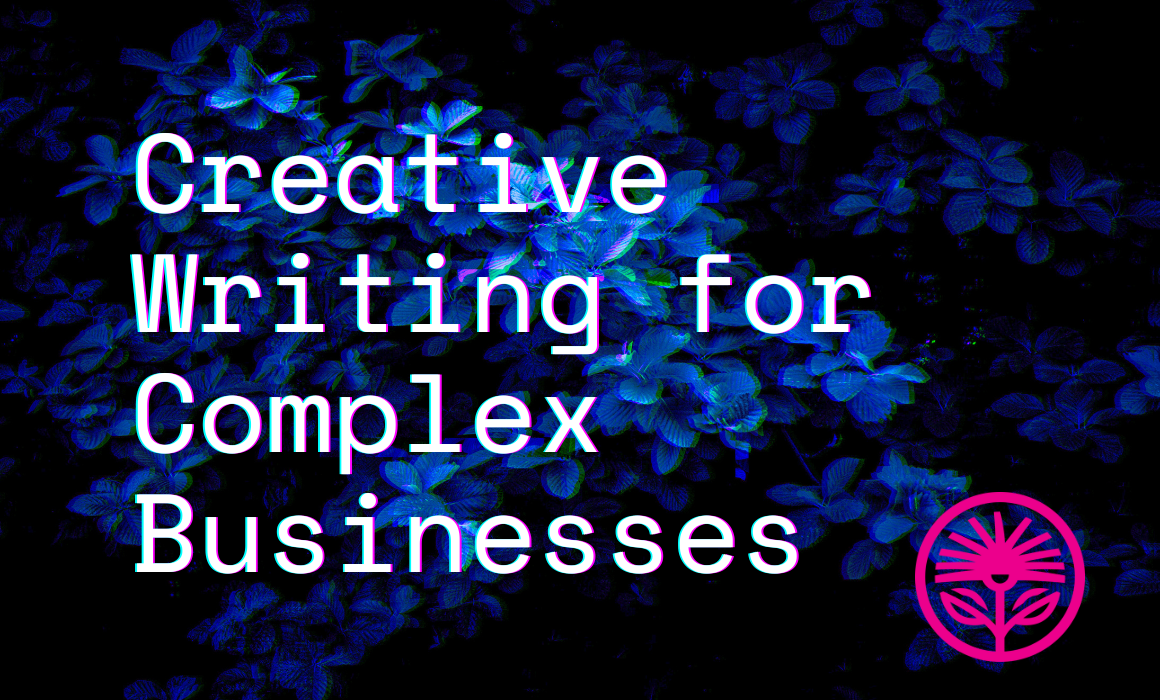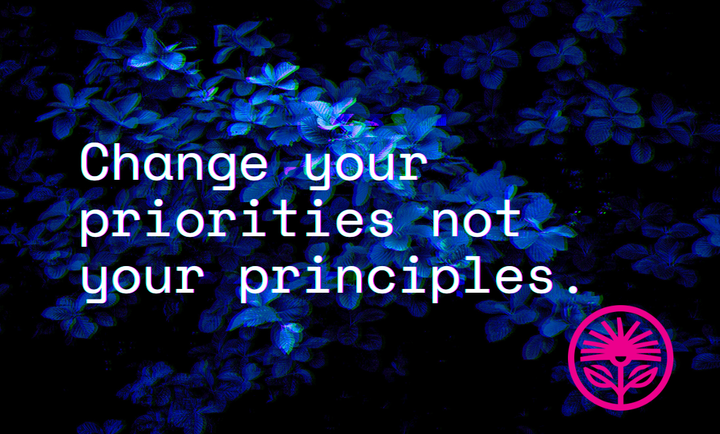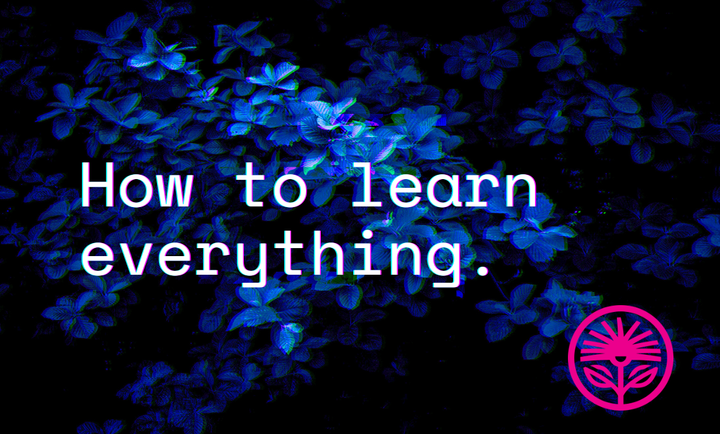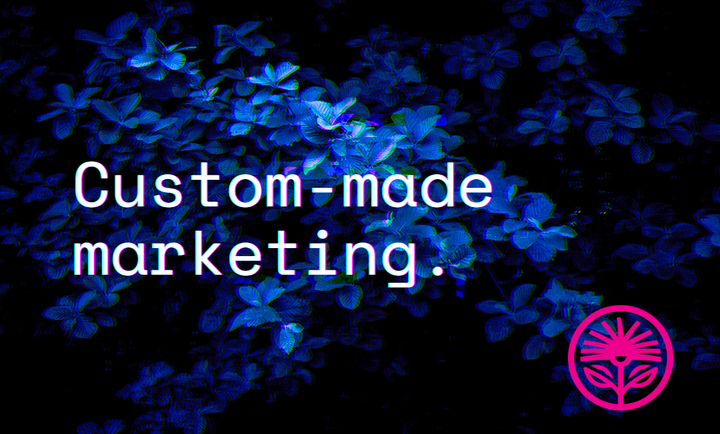Kelford Labs Weekly: Creative Writing for Complex Businesses
Simplify without losing the specifics.

Last week, we discussed creating a value proposition for your business that is specific, clear, and focused.
That is, a value proposition that talks to a specifically defined target customer type.
A value proposition that clearly relates to a real need our customers have, in their words.
And one that is focused on the unique tradeoffs we’ve made to be particularly useful to our ideal buyers.
But, once we’ve figured out our value prop, the real question is always: “Okay, but what do I say?”
What do I actually put on my website?
Or, in the case of many of our clients in deep tech and sciences: How do I simplify my message without dumbing it down or missing the point?
Let’s walk through the process I follow to write marketing messages, based on the value propositions created with our clients.
For the purposes of this newsletter, I’m going to use a fictional business as my example. Since I’m a dog person and an absolute sucker for spending on my sweet boy, I’m going to make up a company that sells additives to pet food manufacturers.
Specific
Okay, if we’re going to address a specific customer type, where do we get that information? How do we choose?
Well, the question we asked last week—“Which customers would find you even if you couldn’t do any marketing?”—is particularly helpful. It helps you determine who wants what you sell more than anyone else. And who's most likely to buy.
It’s a starting point, and a good one.
For my fictional company, which we’ll call Zoomyz, their customers are searching far and wide for ways to innovate in their space and add value to their products. They’re looking for a company like Zoomyz.
Clear
Now, we want to talk about a challenge or opportunity that our customer type faces, and we want to express it in their words.
We don’t want to immediately jump to the thing we sell, or what we want them to buy. Instead, we must ask ourselves, "What are they already buying?" What do we know they're looking for? And how would they describe it in their words, not ours?
For Zoomyz, their buyers have end customers who spend lavishly on their dogs, so they’re looking for—and already buying—science-backed, credible additives that improve health outcomes.
Focused
Everyone hates the feeling of focus. It feels limiting, constraining, imprisoning.
But that’s the hard part that makes everything else easier.
It’s not that you can’t sell other things, it's that you don't make them your focus.
The idea is, the customer has an instinctive reaction to businesses that aren’t focused—because it feels like they’re hiding something behind variety, behind options, behind distractions.
So here’s the big question from last week to think really deeply about:
“Of all the things you might sell or provide, which single one, if removed, would eliminate the most value?”
For Zoomyz, it’s their focus on additives for aging pets, instead of general-purpose “goodness”.
Writing the Words
Alrighty, let’s take these elements and build some creative marketing messages.
Let’s say Zoomyz is attending a major trade show for pet food manufacturers, suppliers, and buyers. What should their trade show banner say?
Remember: in this context, it’s not about selling, it’s about demonstrating value at a distance so the prospect approaches the trade show booth. There, Zoomyz will have the opportunity to demonstrate value in the moment—otherwise known as selling.
All marketing messages are seen in situ, within a context that they’re reacting to, blending into, or standing apart from. Zoomyz wants to grab the attention of their specific audience, make it clear, as quickly as possible, that they sell what that audience needs, and show them they’re focused and credible and worth talking to.
So, they could consider a banner that says something like:
You make more than a food, for more than a dog.
Add active, adventurous aging to every bag.
Zoomyz+
The first line, “more than a food” selects for manufacturers who see themselves as innovative.
And “more than a dog” makes it clear that they’re a partner for premium brands with customers who spend more lavishly on their pets.
“Active, adventurous aging” shows they’re focused on developing solutions for senior dogs.
First Draft Time
Now it’s time to have a go at trying this yourself. Break out the constituent pieces, think deeply about them, get super specific, clear, and focused, and see what writing results.
And, perhaps most importantly, have a little fun with it. This is creative work, which doesn’t happen under duress.
Bad ideas are the necessary first step toward good ideas, and rough first drafts hold the secret to better final ones.
So, let’s get writing.



